About the Festival
Second edition of the “Festival Polish Circles of Art in China”THE MOST IMPORTANT POLISH CULTURAL EVENT IN CHINA
In November – December 2017 the second edition of the “Festival Polish Circles of Art in China” will take place. Polish artists will show a wide range of artistic performances and will enable Chinese audience to enjoy Polish visual arts.
First edition of the Festival was taking place exactly a year ago. Chinese newscasts and social media called it “the most important Polish cultural event of the year 2016 in China”.
This year, just as last year, in Beijing and other Chinese cities there will be music concerts, Polish films, photo exhibitions (“In this very second we are one with infinity”), poster exhibitions (“Indifference is forbidden! Warsaw and other topics” and “To see marks of time”), we will make you familiar with Polish video games industry, you will have a chance to take part in many different art workshops and masterclass for musicians.
“Indifference is forbidden! Warsaw and other topics” is a poster exhibition whose curator is Maria Kurpik, a leading historian of poster and a historic preservation officer.
We are also planning to show outstanding Polish classic films and current cinematography on the biggest screen in Beijing in China Film Archive. Some of those films will also be presented during the fourth Festival of International Films, Silk Road in Fuzhou. That film festival within “Festival Polish Circles of Art in China” will last till the end of 2017.
The novelty of the second edition of the Festival will be Polish video games. The producers will show their latest achievements on the most important platforms and in VR, and distinguished specialists will show their skills in the field of art, technology and design.
Beijing, Zibo, Qingdao, Jinan, Changsha and Fuzhou will hold this year’s Festival activities.
Places

Beijing 1+1 Art Centre

Beijing Concert Hall
Show/Hide
Built in 1985, Beijing Concert Hall (Chinese name: 北京音乐厅) was China’s first ever professional concert hall with high quality sound facilities. The performance space on the first ground seating over 1,000, while art exhibitions are mounted on the upper levels. most concert held here include the instrumental & vocal music, Western and Chinese. In concert hall, a lower platform reduces the space between performer and audience. A 15-panel reflective board hung above the stage in three groups sends sound waves from below to every corner of the hall, maximizing the acoustic effect.
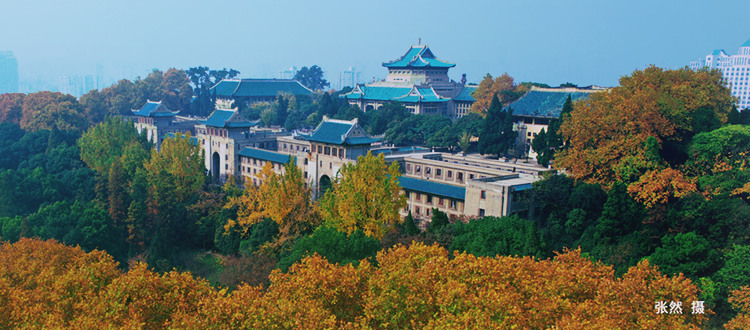
Wuhan University
Show/Hide
Wuhan University (Wuchang, Wuhan, Hubei) is one of the oldest and most prestigious universities in China, educating students in various fields. It is directly under the administration of the Ministry of Education, it is also one of the “211 Project” and “985 Project” universities with full support in the construction and development from the central and local government of China.
It is one of the earliest comprehensive national universities in modern China. The history of Wuhan University can be traced back to Ziqiang Institute, which was founded in 1893 by Zhang Zhidong, the then governor of Hubei Province and Hunan Province in the late Qing Dynasty. In the process of development and evolution, the institute changed its name several times before it was finally named Wuhan National University in 1928. In 2000, an amalgamation of the former Wuhan University, Wuhan University of Hydraulic and Electric Engineering, Wuhan Technical University of Surveying and Mapping, and Hubei Medical University was announced, which ushered in a new era in its development. International exchanges of Wuhan University are burgeoning in recent years.
Wuhan University is famous for its elegant palatial architectural complex of primitive simplicity which blends perfectly the eastern architectural style with that of the west. It is widely known for a spring cherry blossom festival and it is honored as the “Most Beautiful University in China.” Furthermore, Wuhan University’s centennial humanistic accumulation boils down to its succinct motto, that is, “Self-improvement, Perseverance, Truth-seeking & Innovation.”
Since its establishment, Wuhan University has cultivated more than 300 thousand professional talents in various occupations. The remarkable achievements of Wuhan University have won itself an extensive international reputation. In 1999, the world renowned journal Science listed Wuhan University as one of the most prominent institutions of higher education in China.
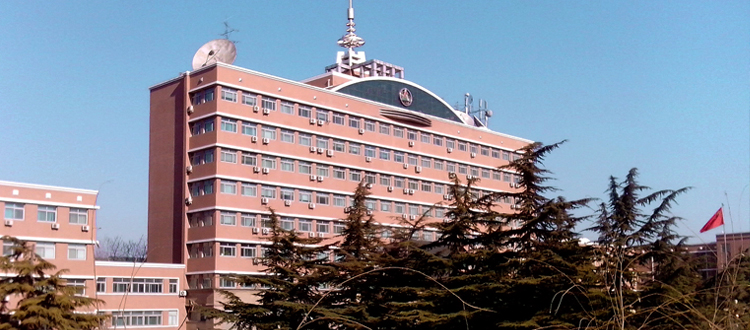
Communication University of China (CUC)
Show/Hide
Communication University of China (CUC) CThe Communication University of China (CUC) in Beijing (1 Dingfuzhuang E St, Chaoyang Qu, Beijing Shi) is one of the China’s 116 universities of Project 211, directly administered by the Ministry of Education and one of the top public universities in China.
The motto of the CUC is “integrity, professionalism, erudition and competence”.
Its national key disciplines are journalism and radio & television arts. As the prime academic research center in information communication, the CUC focuses on the research of what to communicate and how to do it with a creative and high-tech way .
The CUC has established cooperative relations with more than 200 colleges, science and research institutes and media organizations in over 50 nations.
CUC offers 30 foreign languages courses and it is the only university in China which offers degree courses of Bengali, Tamil, Pushtu and Esperanto.
CUC is known for training newscasters and television and radio announcers, some of its notable alumni include news presenters and TV hosts from China’s CCTV.
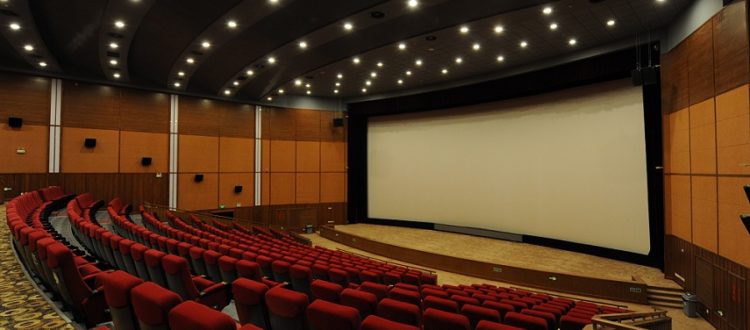
China Film Archive
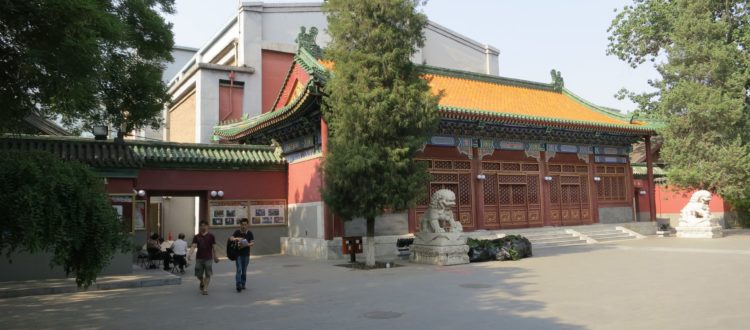
Concert Hall of Central Conservatory of Music
Show/Hide
43 Baojia Street, Xicheng, Beijing The concert hall of the Central Conservatory of Music is within the institution’s campus, located in the South-West part of central Beijing. It is known to be, among others, the historical residence of Prince Chun, and the birthplace of Emperor Kuang-hsu from the Qing dynasty. Currently, the historic building of the Prince’s residence is the entrance of the proper concert hall, one of the popular places for musical and cultural events. The Central Conservatory of Music is the only national higher education art institution in China. As a result, the CCoM concert hall attracts famous musicians and orchestras from China and all over the world to masterclass workshops. In 2015, a new building was erected on campus ground, in which a concert hall for 692 viewers is also located.
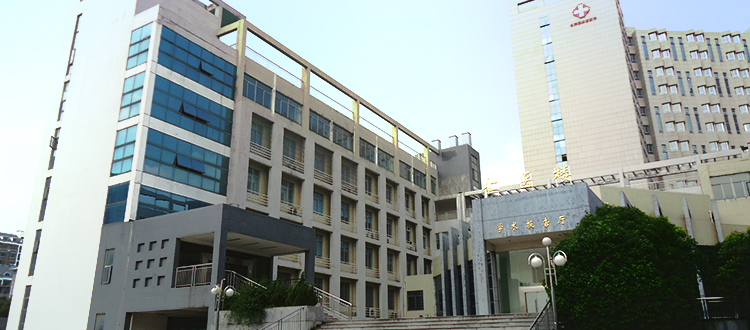
Hunan Normal University
Show/Hide
Hunan Normal University, founded in 1938, is a higher education institution in Changsha (Yuelu Qu, Changsha Shi, Hunan Sheng). The University is a national 211 Project university, one of the country’s 100 key universities in the 21st century that enjoy priority in obtaining national funds.
Consisting of five campuses, Hunan Normal University covers a total area of 1.78 km2, with one million square meters of floor space. The university is divided into 23 colleges, 3 teaching departments, 51 research institutions. The university offers 74 undergraduate programs, 147 master programs, and 55 Ph.D. programs. There are 10 postdoctoral scientific research stations, 13 State Training and Research Bases or Centers and 7 key laboratories. There are 1091 professors and associate professors at the University.
The library of the University has a collection of 3.4 million volumes, including 200,000 volumes of traditional thread binding books, and subscribes 4,700 kinds of Chinese and foreign periodicals. There are 12 academic periodicals published and distributed by the university. The university has its own publishing house called Hunan Normal University Press.
